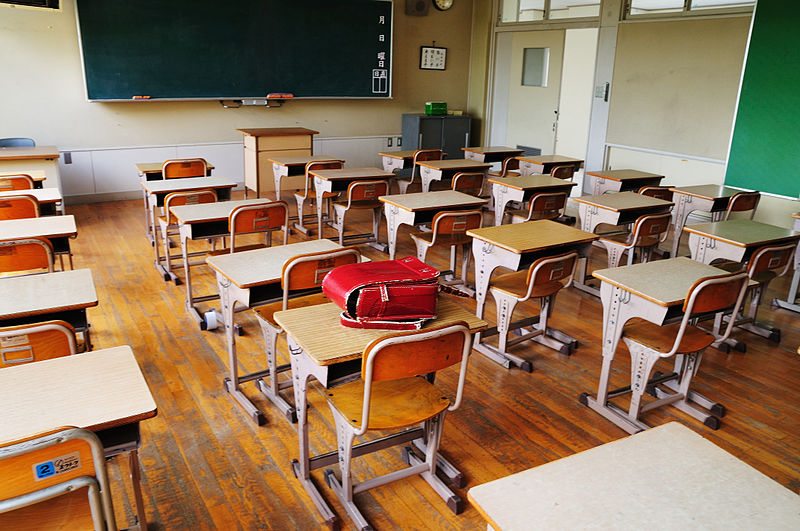A study released in June reported that there were 1.3 million K-12 students experiencing homelessness during the U.S. 2013-14 school year. This new data reveals both the needs of these young people and the supports available to them. This is especially important since the recent Every Student Succeeds Act (ESSA) requires that states and districts report homeless high school graduation rates.
The report, “Hidden in Plain Sight: Homeless Students in America’s Public Schools,” included interviews and surveys of current homeless students, previously homeless students and homeless liaisons in schools. Written by Civic Enterprises and Hart Research Associates, the study was released by the GradNation campaign. Sixty-seven percent of youth surveyed said that homelessness had a large impact on their education and 78 percent said that they were homeless more than once.
It is important to not only get students into stable housing, but also to give them additional resources and support, according to Erin S. Ingram, policy advisor at Civic Enterprises and co-author of the report. “To me, [the 78 percent] says this is a problem that is recurrent and cyclical.” Ingram said. “So just providing access to housing or connecting people to housing is unlikely to solve the underlying problems.”
The study also found that 42 percent of students said that they dropped out of school at least once and 61 percent of students said they were never connected with an outside organization for support while homeless.
Despite the hardships and lack of support that many youth discussed, 88 percent of homeless youth school liaisons said that they believe these young people can get through high school and graduate ready for college or a career, if they are given proper support.
“The students themselves told us that they see education as a pathway out of this kind of instability that they’re experiencing as young people; they want to go on and be stable adults,” Ingram said. “It’s encouraging and optimistic for us to think about, because it means if we can find ways to support these students that they can go on to break that cycle for themselves.”
Potomac State College-bound Bri’on Burton experienced homelessness in high school and did not feel that his housing situation inhibited him. “Going through this type of situation, I could see that it can be hard on some people, but I actually got through it and became successful,” Burton said in an interview. “I felt that it helped me stay focused and stay on track.”
Burton also said he has the support of teachers, administrators and outside organizations. He always felt comfortable talking to people at school about his housing situation.
Based on this new data, stories like Burton’s are rare. Sixty-seven percent of youth surveyed said they were not comfortable talking to people at their school about their situation and 61 percent said that, while homeless, they were never connected with outside organizations such as youth drop-in shelters, housing organizations or mentoring programs. “The stress of being in school and being homeless and not receiving any real help almost sent me to a psychiatric ward,” said a formerly homeless youth quoted in the report.
Connecting students to outside organizations is something that schools can work on, according to Ingram. “Schools obviously cannot be the full providers of all the supports that these young people need,” she said. “But they can serve as a really great help, because they see these young people every day and they have great connections in the community. They could serve as a great focal point to help connect those young people.”
In regards to the homeless liaisons, the study found that 78 percent said that a lack of funding is a key challenge in their job and 57 percent cited lack of time, staff and resources. Sixty percent of liaisons said that, “enhanced public awareness efforts would go a long way, and emphasize awareness, compassion and breaking down stigmas, both in schools and in communities, as ways to better help their students.”
The report recommends increasing affordable housing, connecting schools with outside organizations, raising community awareness about the issue of youth homelessness, setting graduation goals for homeless students and ensuring that ESSA amendments which deal with homeless students are fully implemented.








